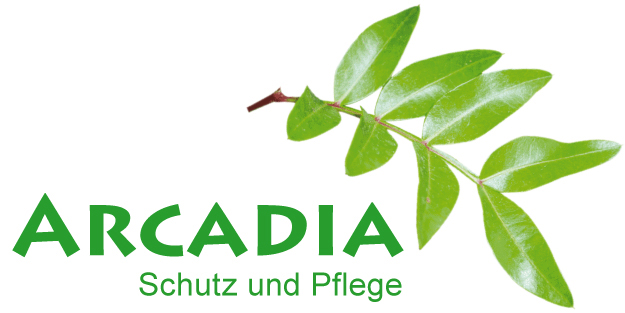
Mastic Mouthwash is made up of 100% pure, natural substances*.
*We do not use synthetic chemicals of any kind and Mastic does not contain any synthetic additives, colourings or aromas.
Mastic gum – a Biblical substance
Mastic gum is mentioned in the Bible, and has been known and used for centuries in the Mediterranean region as a natural means of maintaining healthy teeth and a healthy oral cavity. For example, its antiseptic properties have led to its use in treating wounds, while it is chewed to freshen the breath. In earlier times mastix was used as a component in fillings.
Modern studies carried out by various research groups have proved what tradition has always believed – the mastix gum contains highly interesting substances that can have a powerful effect on the body. The results of the studies led to further research on mastix in relation to various diseases, from Crohn's Disease to caries. Mastic gum was found to be especially effective in reducing bacterial growth and prevent infection. The studies found overall that oral and stomach microflora could be positively influenced through the use of mastic gum, reducing bad bacteria such as streptococcus mutans and helicobater pylori.
Although mastic gum has no side effects and has been consumed in foodstuffs for centuries in the Mediterranean, it is astonishing how few people know of it, given its many healing properties.
The most significant ways in which mastix acts on oral flora are its antibacterial activity, its ability to reduce plaque and its ability to improve even the worst-smelling breath.
Some studies carried out on mastix show that:
- Mastic can reduce plaque (University of Salonica, 1985)
- Mastic oil has an antibacterial effect and acts as an antimykotikum (University of Athens, 1998)
- Mastic can heal stomach ulcers by killing the helicobacter pylori bacterium (University of Nottingham,1998)
- In 2003, the Meikai University School of Dentistry in Japan carried out "A pilot study on antiplaque effects of mastic chewing gum in the oral cavity."
- In 2005, a study was published by researchers at the Süleyman-Demirel-Üniversity in Turkey examining the effect of mastic on streptococcus mutans and mutans streptococci.
- According to a 2006 study completed at the Hadassah School of Dental Medicine, bad breath can be improved through the use of mastic. It found that mastix has an antimicrobial effect on the bacterium porphyromonas gingivalis, a bacterium that can cause parodontitis and is associated with bad breath.
- In 2009, Tokyo's Mekai University published the study "Selective Antibacterial and Apoptosis-modulating Activities of Mastic" showing that mastic retains its antibacterial properties when dissolved..
- In 2015, Arcadia UG commissioned the Department of Periodontology ans Synoptic Dentistry at the Charité Hospital Berlin to carry out a study of Mastic Mouthwash.
The clinical study (The antimicrobial effect of mastic extract against oral and periodontal pathogens) confirmed that mastic has an antibacterial effect on periodontal disease.



